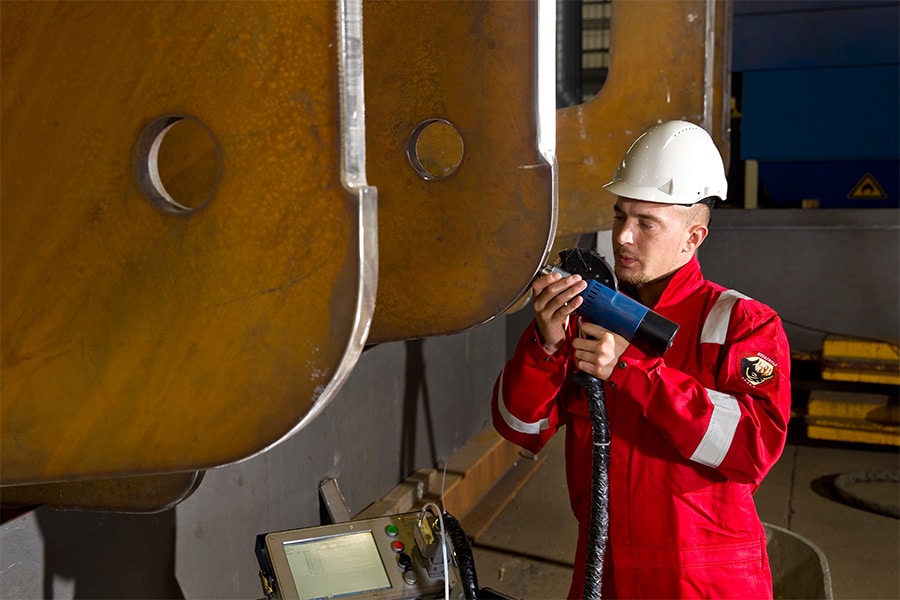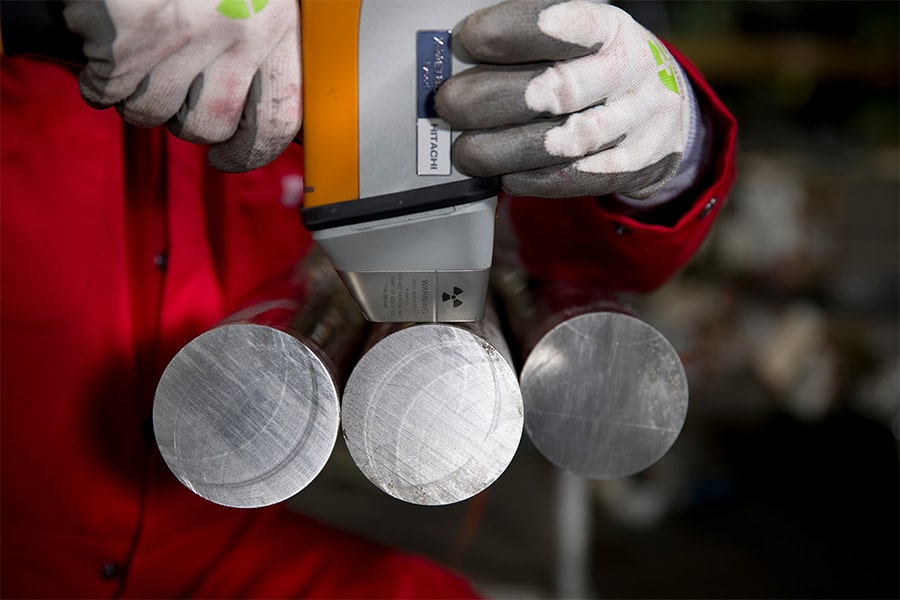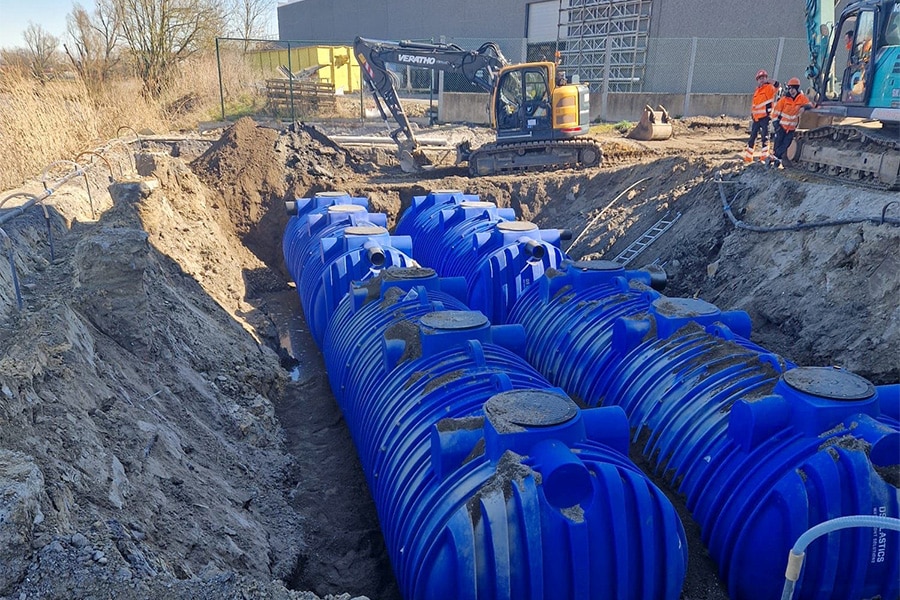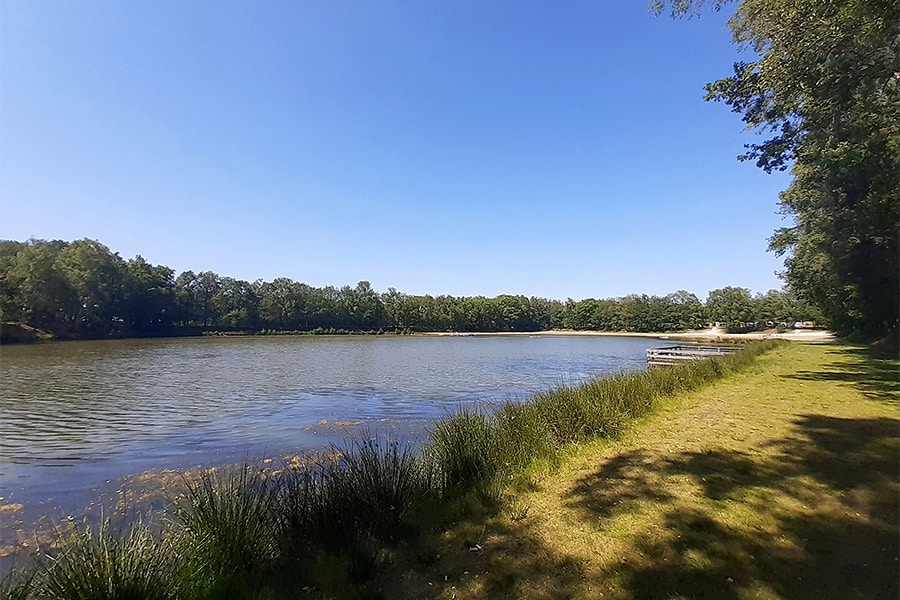
Case study: missing material certificates in sheet piling construction
How we minimized delays on a major infrastructure project with materials analysis
Suppose you are involved in the construction of a tunnel and you are responsible for installing thousands of sheet piles. The moment at least half of the planks are in the ground, you discover that the material certificates are missing. So the chemical composition of the material is unknown, leaving you to guess which welding method is best. Moreover, you also cannot take into account the choice of the filler material. Oops!

It happened to one of our clients. Great panic, of course! A solution had to be found quickly. The most obvious solution was to cut pieces out of the sheet piling and take them to a laboratory for testing. But that has a major disadvantage: the holes also have to be resealed. A time-consuming job that also affects the quality of the sheet piling.

Now what?
Phone! The QA/QC Manager of this infrastructure project on the line asking if NDT Netherlands might be able to help. Of course! Gladly, we like a challenge. We soon realized that cutting pieces out of the sheet piling was not an option. But what then? We drove to the site with our equipment to see if we could do on-site research. It was the middle of winter and quite cold. To make sure the weather conditions would not affect the test results, we shielded the sheet piles to be examined with tents and tarps. To maintain the temperature, we installed heaters. This is how we managed to take reliable tests and find out the chemical composition.

Problem solved?
Sure. We analyzed and recorded the chemical composition of the material so that the right welding process and filler material could be chosen. This allowed the contractor to weld with limited delay and to specifications with minimal risk of weld defects.
All's well that ends well. Right?
Yes. But, let's all learn from this. Even on infrastructure projects, make sure you check in advance that material certificates are present. Use these certificates as inspection documents to verify that you have the right material in your hands. Are they missing? Then call in an NDT specialist immediately for a materials analysis. Only those who know the chemical composition, mechanical properties and weldability of the material avoid a lot of hassle, save time and save costs. And, believe us, it's better for your blood pressure.



